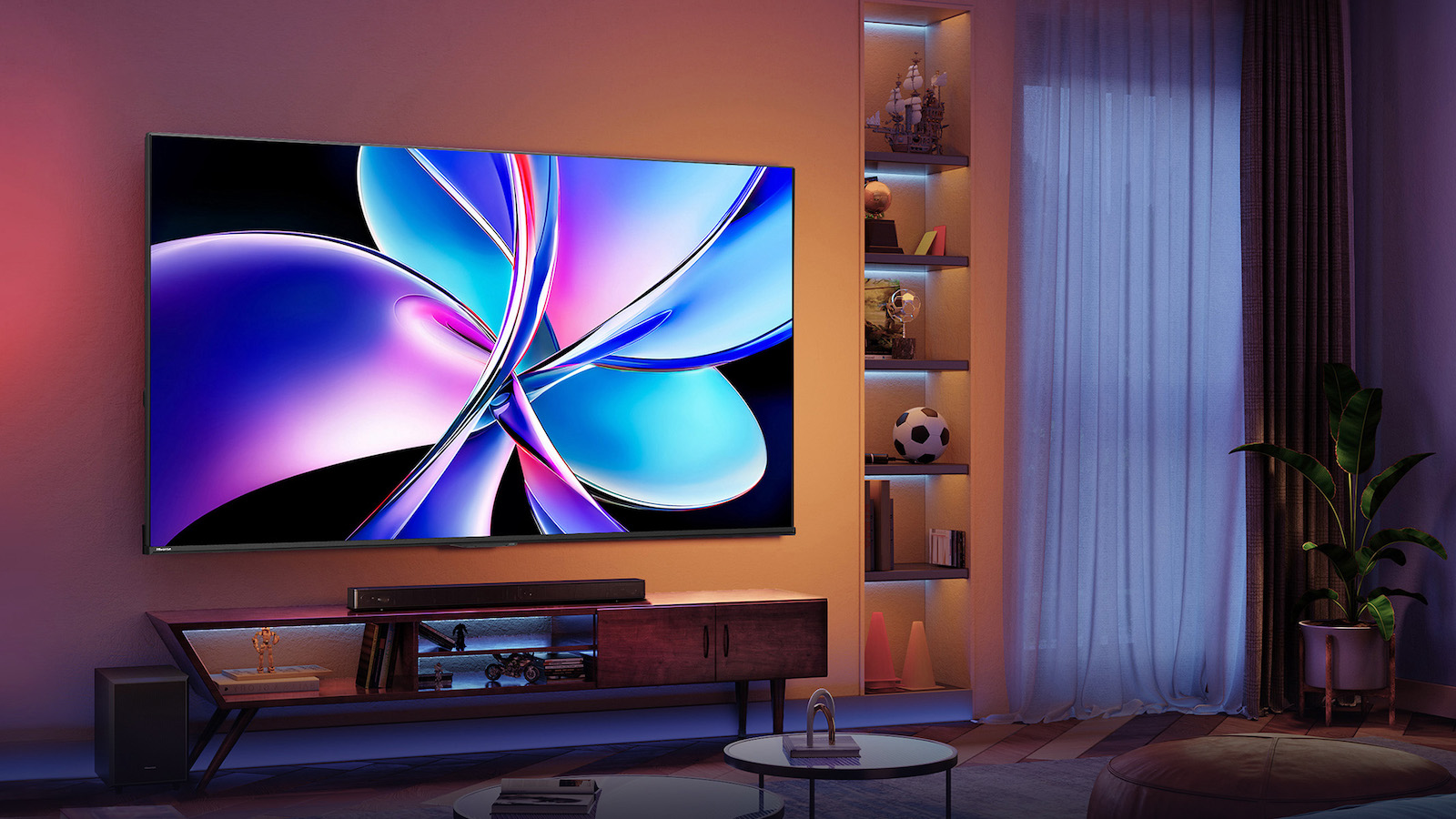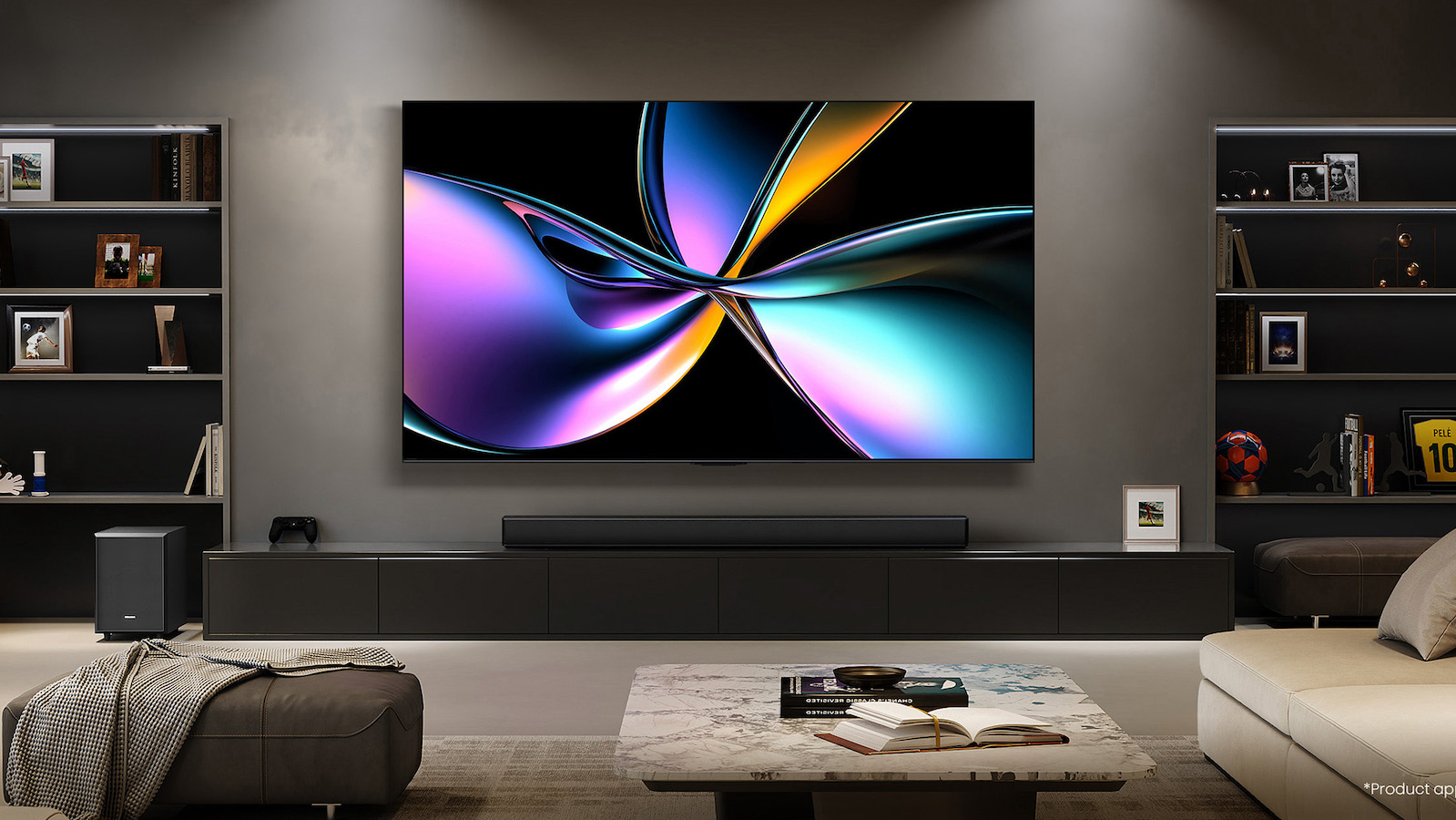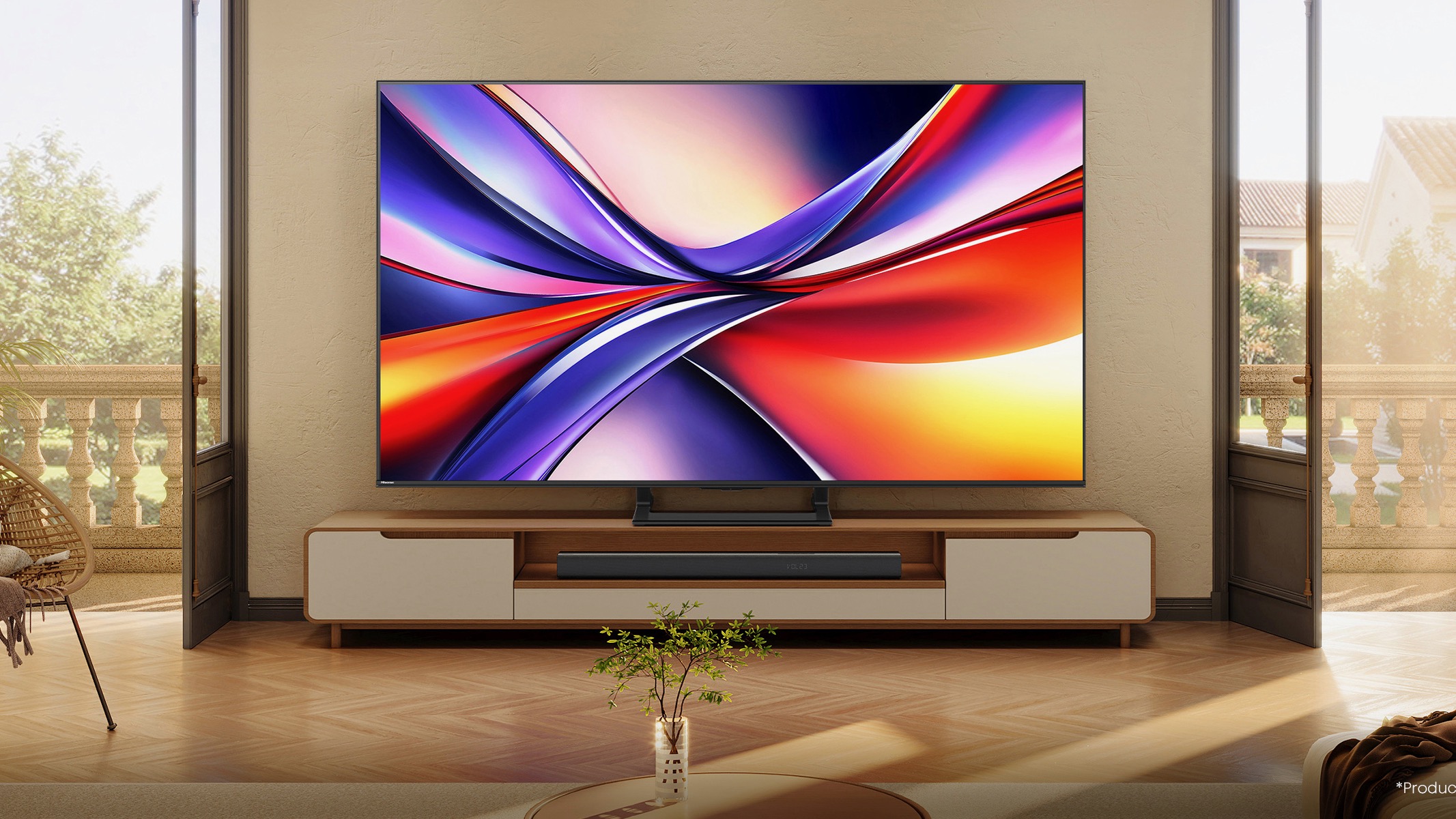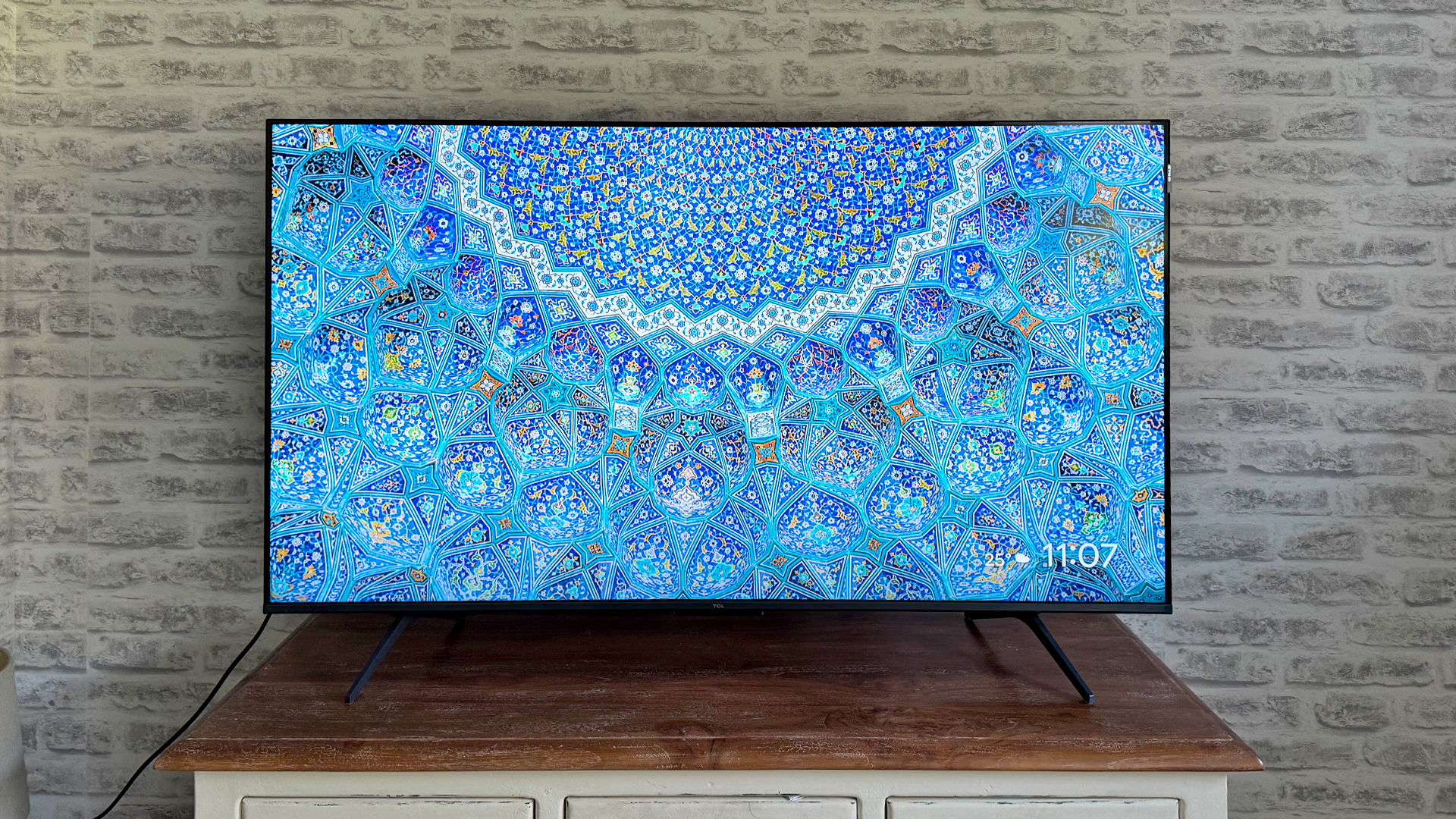Hisense's 2025 TV range does feature an OLED, but Mini LED is still the big deal
100-inch Mini LED TVs galore!

Hisense's annual TV launch is always a bit of an odd one, primarily because it still releases slightly (or entirely) different models in different regions. That means we can never be entirely sure which of the TVs it announces at CES are actually relevant to the UK.
Now, though, we finally have confirmed details on the 2025 range for the UK.
OLED TV fans will be pleased to see that there is still an OLED model in the range, in the form of the A85Q, but there's still the distinct feeling that Hisense is only continuing to work with the technology because it feels it has to – Mini LED is clearly still where it feels the action is.
I'm not suggesting that the A85Q is an afterthought, but for a brand the size of Hisense to produce just one OLED model that seemingly features none of the latest panel tech (there's no suggestion of Primary RGB Tandem or QD-OLED here) is a pretty clear indication of its place in the pecking order.
Still, Hisense states that the A85Q boasts "advanced Colour Correction Technology" that "precisely adjusts over 40,000 colours across memory colour restoration, skin tone optimisation, primary colour correction and more".
Perhaps it could turn out to be a dark horse of the OLED world this year.

Hisense's true love, though, is still Mini LED, which is why at the top of the new TV range you will find the U7Q, U7Q Pro and U8Q Mini LED models.
The latest hi-fi, home cinema and tech news, reviews, buying advice and deals, direct to your inbox.
The U7Q and U8Q replace the U7N and U8N, respectively. Both of those models received very respectable four-star reviews from us last year, but Hisense will be looking to go further with these new sets.
We don't yet have all of the details on any of these sets, but Hisense claims, rather inevitably, that these are its most advanced Mini LED TVs to date, and that they contain "thousands of tiny LEDs and local dimming zones".
That's all a bit vague, I'm sure you'll agree, but last year's 65-inch U8N had 1600 dimming zones and a claimed peak brightness of 3000 nits, so it's reasonable to expect bigger numbers than that for the U8Q at least.
All three of the new Mini LED models will be available in 75-, 85- and 100-inch sizes, as well as, presumably, 65 and 55 inches. They all also support gaming at up to 4K/165Hz.

As you would expect, there are also non-Mini LED QLED TVs in the range, with Hisense specifically flagging the E7Q Pro, E7Q and A7Q.
These models are all powered by Hisense's Hi-View AI Engine, which apparently "intelligently optimises" each frame for "clarity and realism". Dolby Vision is supported, too.
The E7Q PRO appears to be the most gaming-focused of the three, with support for 4K/144Hz signals.
We don't yet know every size that each model will be available in, but we do know that the E7Q Pro will be available as a 100-inch model, while the A7Q will go up to 75 inches.
Hisense is also introducing to the UK a 65-inch version of its S7 Canvas TV, but we wouldn't get too excited about that – the 55-inch Canvas TV is pretty awful.
MORE:
Here are the best TVs and best OLED TVs you can buy right now
And these are the best soundbars
Tom Parsons has been writing about TV, AV and hi-fi products (not to mention plenty of other 'gadgets' and even cars) for over 15 years. He began his career as What Hi-Fi?'s Staff Writer and is now the TV and AV Editor. In between, he worked as Reviews Editor and then Deputy Editor at Stuff, and over the years has had his work featured in publications such as T3, The Telegraph and Louder. He's also appeared on BBC News, BBC World Service, BBC Radio 4 and Sky Swipe. In his spare time Tom is a runner and gamer.
You must confirm your public display name before commenting
Please logout and then login again, you will then be prompted to enter your display name.

